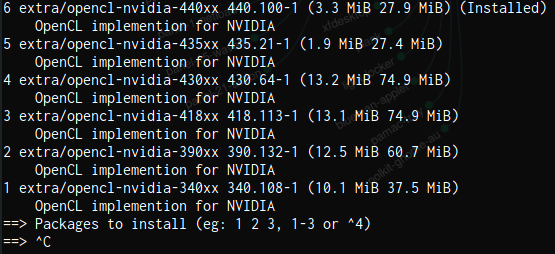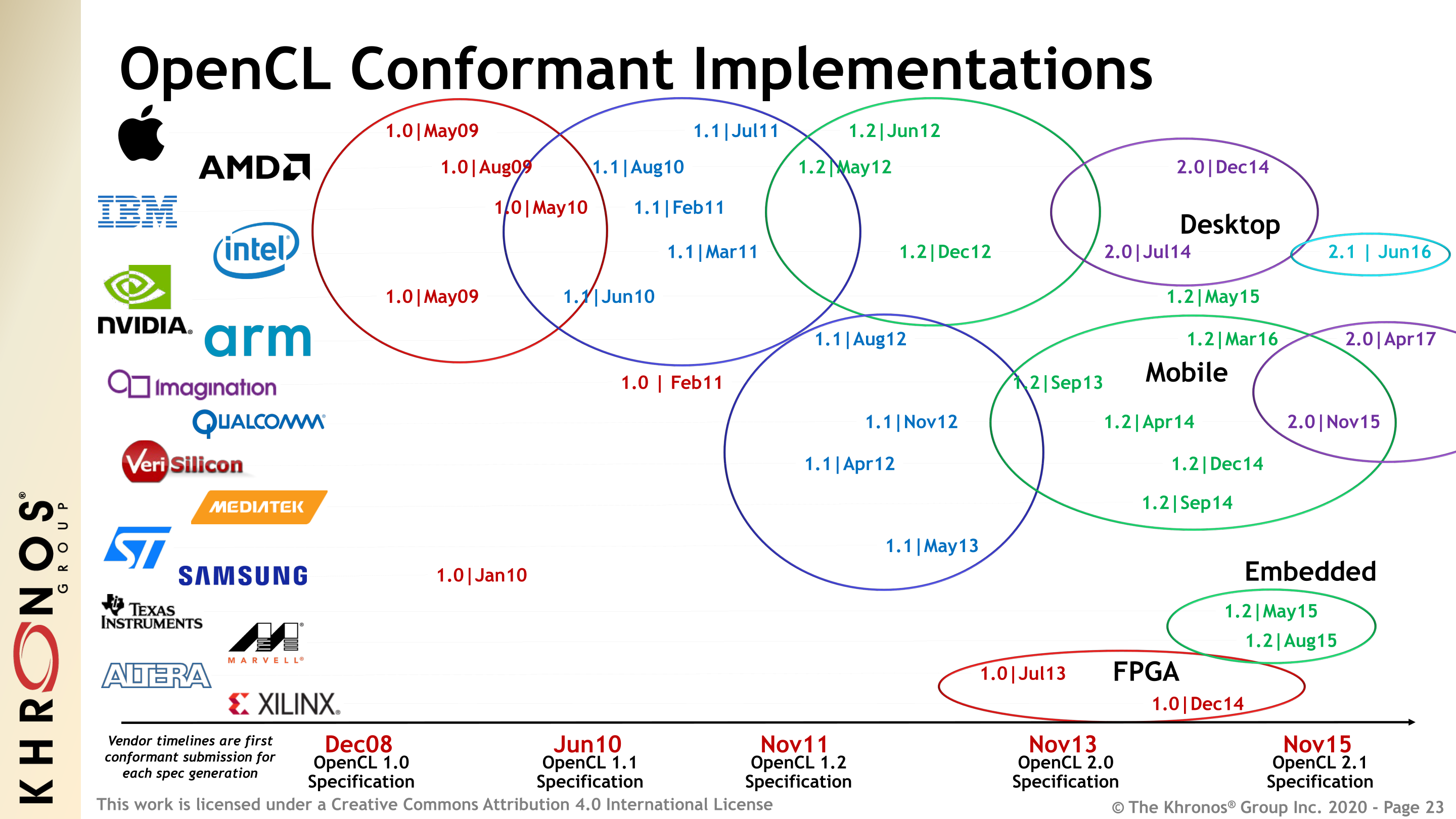Roads & PavementRoads & Pavement
Barefoot
Minimal
Low
Medium
High
Maximal
All around running shoes offer comfort and cushioning for daily runs, jogs, walks, and long mileage. They offer enough versatility for both faster and slower runs and are a great option for those who want one running shoe to do it all.
Fast run or uptempo running shoes are lightweight and responsive. They offer streamlined designs that have minimal uppers and offer a high level of energy return. These shoes are a great option for faster runs in the week or those looking for a livelier experience.
Max Cushion shoes offer premium cushioning with ample ground protection and a stable ride. These types of shoes provide abundant impact protection that softens landings while running at any pace or distance. These types of shoes are best for slower recovery runs and easy days where comfort takes priority.
Racing shoes are designed with optimal performance in mind. These types of shoes have snug-fitting uppers, energetic midsole foams, and features implemented for maximum efficiency. These types of shoes are best for runners looking to gain the ultimate advantage in races but may sacrifice some durability and comfort.
Gym Workout shoes offer a stable and versatile ride. They have a firmer underfoot feeling that provides stability for lateral movements with comfortable uppers. These types of shoes are best for trips to the gyms, cross training, casual wear, and light running. NVIDIA GeForce RTX 4070 Graphics Card OpenCL Benchmark Leaks Out
Road running shoes feature smooth outsoles that are designed for running on paved surfaces such as roads, sidewalks, and bike paths.
Designed to handle most trail runs, these shoes prioritize comfort and a smooth ride. These shoes are great for anything from smooth singletrack, park trails, and fireroads making them ideal for those who run from their doorstep on streets before hitting the trail.
These shoes are best used for hard, rugged trails such as shale, granite or sandstone where grip on smooth surfaces and underfoot protection are important.
Designed for use in muddy, soggy conditions, these shoes feature very aggressive outsoles that dig deep into soft ground for exceptional traction.
These shoes feature technical outsoles designed to grip snowy and icy trails making them ideal for winter trail running.
Cushioning level, or stack height, refers to how much shoe is between your foot and the ground. For this category, we reference the amount of cushioning below the forefoot as the heel height will be equal to or greater than the forefoot height.
Conceptual OpenCL device architecture. After Munshi ed. 2010
0-13mm. The Shoe generally does not have a midsole and feels like there is no cushioning. This shoe is all about feeling the ground underfoot.
14-18mm. The shoe has a thin midsole that allows for a natural running experience. Racing shoes and minimalist shoes are common here. These shoes offer a feeling of being connected to the road or trail.
19-23mm. The shoe has a slightly cushioned feel and may feature added cushioning technologies. Performance training shoes and some trail shoes are common here. These offer protection during footstrike but prioritize a lightweight, grounded experience.
24-28mm. These shoes have a stack height that fall near the middle of the spectrum.The shoes in this category are verstaile and great for all types of runs and distances.
29-34mm. The shoe has a thick midsole and ample cushioning. These shoes are highly protective and absorb more impact than the body.
35mm plus. The shoe has an extremely thick midsole and extra cushioning. The focus is on protection and soft foam underfoot with hardly any ground feel.
Neutral shoes support the foot through a normal range of arch collapse and generally do not have a built-in technology to correct movement.
Stability shoes are a great option for those who overpronate or need added support. These shoes help to limit the inward rolling motion of the ankle while running or walking and assist in guiding the foot straight through the gait cycle. DaVinci Resolve won t open despite having opencl nvidia installed
Product Details:
Good starter Nvidia Card for Scientific Computation GPU 2025, Using 2 GPUs to accelerate Houdini OpenGL OpenCL 2025, OpenCL shows 2 units whereas my GPU device physically has many 2025, OpenCL make the most of it darktable discuss.pixls.us 2025, Issues with new geforce gtx1650 card OpenCL issue Folding Forum 2025, Khronos Announces OpenCL 3.0 Hitting the Reset Button on Compute 2025, DaVinci Resolve won t open despite having opencl nvidia installed 2025, Conceptual OpenCL device architecture. After Munshi ed. 2010 2025, NVIDIA GeForce RTX 4070 Graphics Card OpenCL Benchmark Leaks Out 2025, OpenCL example makefile not found for libshrutil x86 build CUDA 2025, CUDA vs OpenCL Which One For GPU Programming Incredibuild 2025, OpenCL Reports 2025, Opencl build failed in aarch64 platform GPU Accelerated 2025, OpenCL Wikipedia 2025, NVIDIA enables OpenCL 2.0 beta support StreamHPC 2025, OpenCL memory allocation reduces the size of available virtual 2025, NVidia finally opens door to OpenCL 2.0 2025, How to check if your GPU supports OpenCL in Windows 10 The WP Guru 2025, GP GPU Computing via C Sigma Software 2025, gpu How can I check the OpenCL version on Windows 7 Super User 2025, specification cpu and gpu for opencl Stack Overflow 2025, SYCL 001 How Install the Intel OpenCL Driver NVIDIA GPU 2025, NVIDIA GeForce RTX 4090 4080 Linux Compute CUDA OpenCL 2025, GPU OpenCL Guide 2025, gpu How can I check the OpenCL version on Windows 7 Super User 2025, OpenCL Architecture and Program The Beard Sage 2025, Should I use Cuda or OpenCL Quora 2025, How to force NVIDIA OpenCL to release GPU context to avoid memory 2025, Fresh NVIDIA vs. AMD Radeon OpenCL GPU Benchmarks For August 2018 2025, Shock result OpenCL vs CUDA vs CPU Adobe Community 7354875 2025, OpenCL Support not detected in mixed CPU GPU system Issue 30931 2025, OpenCL ticked OFF TechPowerUp Forums 2025, How do I enable CUDA or OpenCL on the M10 General Discussion 2025, OpenCL games technology comes to us all Tech Design Forum 2025, Test OpenCL Support Gets Better and Better Geeks3D 2025, High level architecture of an OpenCL capable GPU. Download 2025, How to check if your GPU supports OpenCL in Windows 10 The WP Guru 2025, Significant speed gap between CUDA and OpenCL how to debug 2025, All Things GPU Part 2. Intro to CUDA and OpenCL by John Boero 2025, OpenCL 1.2 support in NVIDIA drivers Announcements NVIDIA 2025, OpenCL Overview The Khronos Group Inc 2025, GPU Computing NVIDIA OpenCL 1.1 SDK and R258.19 Drivers Geeks3D 2025, Structural organization of the GPU in OpenCL a and Cuda b 2025, TEST GPU Computing GeForce and Radeon OpenCL Test Part 3 2025, OpenCL Overview The Khronos Group Inc 2025, What are we actually doing on CUDA and OpenCL by Steven Hansen 2025, OpenCL Runtime Architecture 6 2025, NVIDIA OpenCL Linux Benchmarks Phoronix 2025, How to Enable OpenCL Support on NVIDIA and AMD Platforms Geeks3D 2025, NVIDIA is Now OpenCL 3.0 Conformant NVIDIA Technical Blog 2025, Product Info:
Nvidia opencl 2025.
- Increased inherent stability
- Smooth transitions
- All day comfort
Model Number: SKU#7351990



